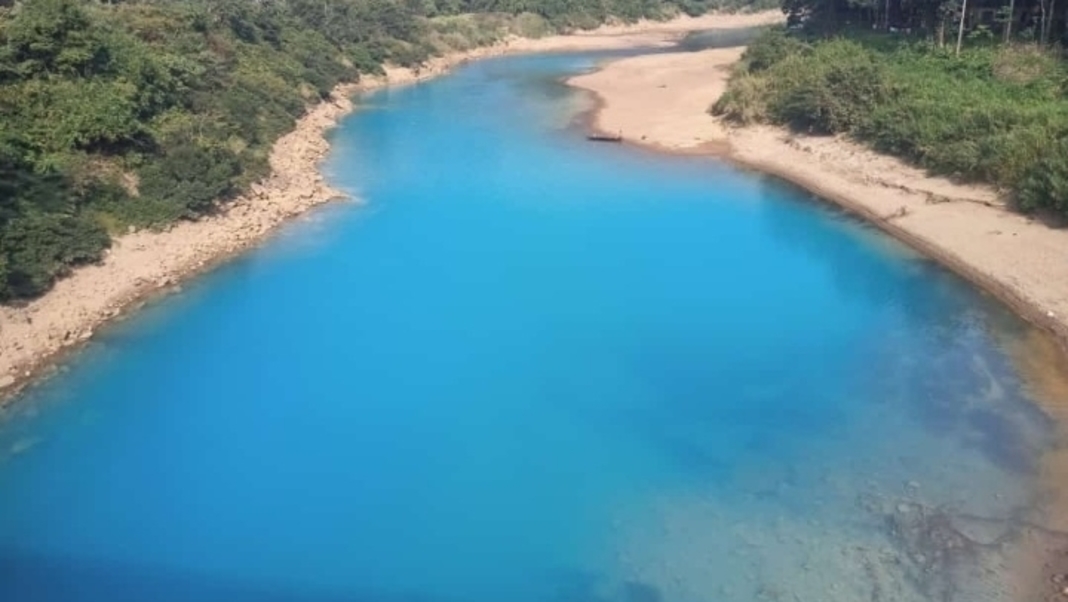Shillong, Feb 2: After the Meghalaya Assembly Committee on Environment has called for an in-depth study to ascertain the cause of the waters of the Lukha River in East Jaintia Hills district turning ‘deep blue’, the state government to is exploring the possibility of engaging an independent body to probe into the pollution of Lukha, which is one of the major rivers in East Jaintia Hills district.
“If need be, maybe the government can engage experts from outside the state pollution control board (to probe into the matter) …that we will see later,” Deputy Chief Minister Prestone Tynsong told reporters on Monday.
“We have already entrusted the state pollution control board, not necessary only mining of coal may there are so many factors which we can’t just come to a conclusion because we don’t know yet when the report prepared by the pollution control board said it is within the prescribed limit again that’s where we have a problem,” the Deputy Chief Minister added.
The Lukha River has recently turned blue again. This has been a regular phenomenon witnessed since 2007.
Asked, Tynsong said that the Meghalaya State Pollution Control Board (MSPCB) has carried out testing from time to time and the report submitted by them indicated that “it is within the prescribed limit in terms of acidic from coal mining.”
“(However) again, there is no report which pinpoint the causes that led to the death of fishes and the water turning blue in colour – that we don’t get (as of now),” he added.
Stating that necessary instruction has been given to the MSPCB in this regard, Tynsong, however, said, “We have entrusted the MSCPB not necessarily only mining of coal, maybe there are so many factors, we can’t just come to a conclusion as we don’t know yet…”
Earlier last week, the Assembly’s Committee on Environment had conducted a spot inspection and directed the central and state pollution control boards to take up an in-depth study on the reason behind the Lukha River changing its colour from green to blue.
It may be mentioned here that it was only last year during the COVID-19 lockdown that the river had not changed its colour to blue.



